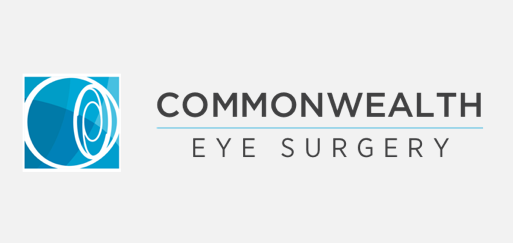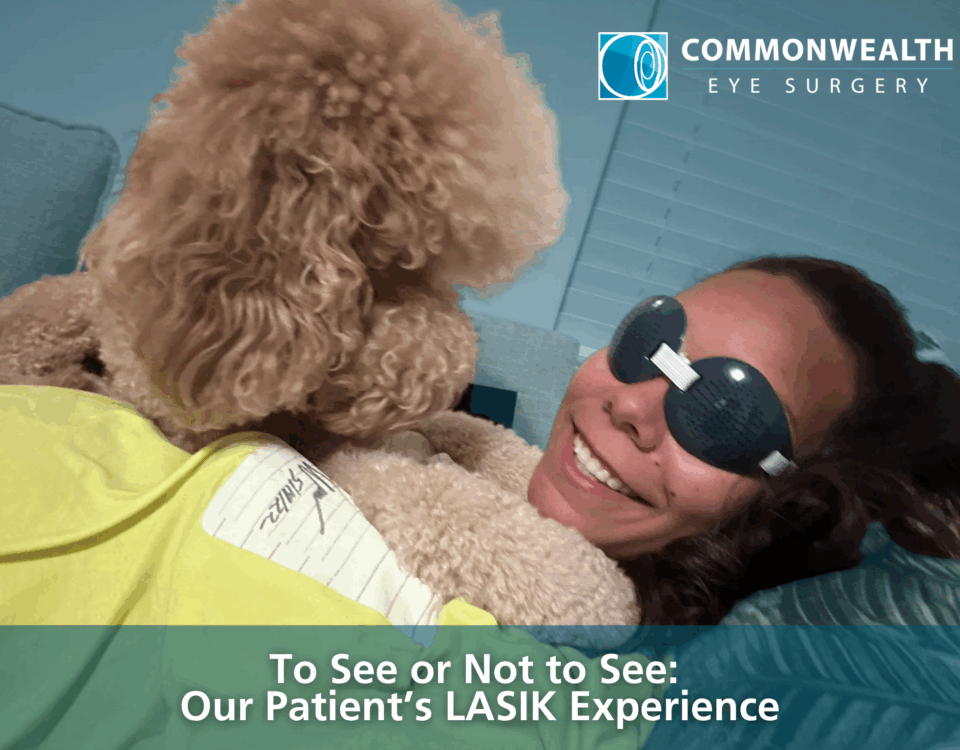
Think You Can’t Get LASIK?
February 4, 2013
What 20/20 Vision Means for LASIK Patients
February 18, 2013LASIK has been available for many years, making now the safest time to undergo laser eye surgery. But does it still seem like a mystery to you? Do you wonder what it’s really like to have it done, what it feels like and how long it takes or what happens afterwards?
The good news is that LASIK is one of the fastest surgical procedures. In most cases, it takes a total of 20 minutes (for both eyes!) and is pain free. The results are improved vision without the need for glasses or contacts. Most of our patients see their full results within 24 hours.
So that’s the high-level description. Here’s the play-by-play of what happens before and when you’re the treatment room:
First, we will perform a thorough eye exam to make sure your eyes are healthy enough for LASIK. We’ll then review the shape and thickness of your cornea, pupil size, refractive errors (i.e., myopia, hyperopia and astigmatism) and any other eye conditions. We’ll also apply numbing drops to your eyes to ensure that you’re comfortable throughout the procedure.
Then it’s off to the treatment room where your eye surgeon will create a thin, circular “flap” in each cornea (this is done one eye at a time), then folds it back to access the cornea and remove some of the corneal tissue with an Excimer laser. Don’t worry, it should be painless! The most you will likely feel is a little pressure on your eyes.
Your surgeon then folds back the hinged flap to access the underlying cornea (called the stroma) and removes some corneal tissue using an Excimer laser in order to re-shape it (for nearsighted people, our goal is to flatten the cornea; we want a steeper cornea for farsighted patients). Have astigmatism? The Excimer laser can correct it by smoothing irregularly shaped corneas, so if you’ve heard that LASIK can’t help you, you heard wrong!
By creating the flap and keeping the overlying tissue undisturbed, the corneal immune system is essentially “fooled”, resulting in a minimal amount of inflammation and discomfort. The flap is repositioned onto the corneal surface where it seals without the need for sutures. We’ll give you topical anesthetic drops to take home—no bandages or stitches required!
Then what happens? You go home and rest and wake up to enjoy your new vision. We’ll want to see you back in one day, a week and then again at three months to make sure you’re doing okay and love your results.
If you want to read about first-hand LASIK experiences from our patients, check out the LASIK Experience page on our website. And, as always, give us a call at 859-224-2655 with any questions you have or to schedule a free consultation.




